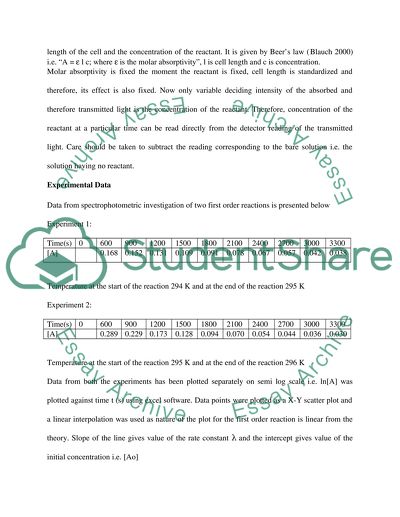Cite this document
(Spectrophotometric Investigation of a First Order Reaction Assignment, n.d.)
Spectrophotometric Investigation of a First Order Reaction Assignment. Retrieved from https://studentshare.org/chemistry/1536877-practical-chemistry-report
Spectrophotometric Investigation of a First Order Reaction Assignment. Retrieved from https://studentshare.org/chemistry/1536877-practical-chemistry-report
(Spectrophotometric Investigation of a First Order Reaction Assignment)
Spectrophotometric Investigation of a First Order Reaction Assignment. https://studentshare.org/chemistry/1536877-practical-chemistry-report.
Spectrophotometric Investigation of a First Order Reaction Assignment. https://studentshare.org/chemistry/1536877-practical-chemistry-report.
“Spectrophotometric Investigation of a First Order Reaction Assignment”, n.d. https://studentshare.org/chemistry/1536877-practical-chemistry-report.


